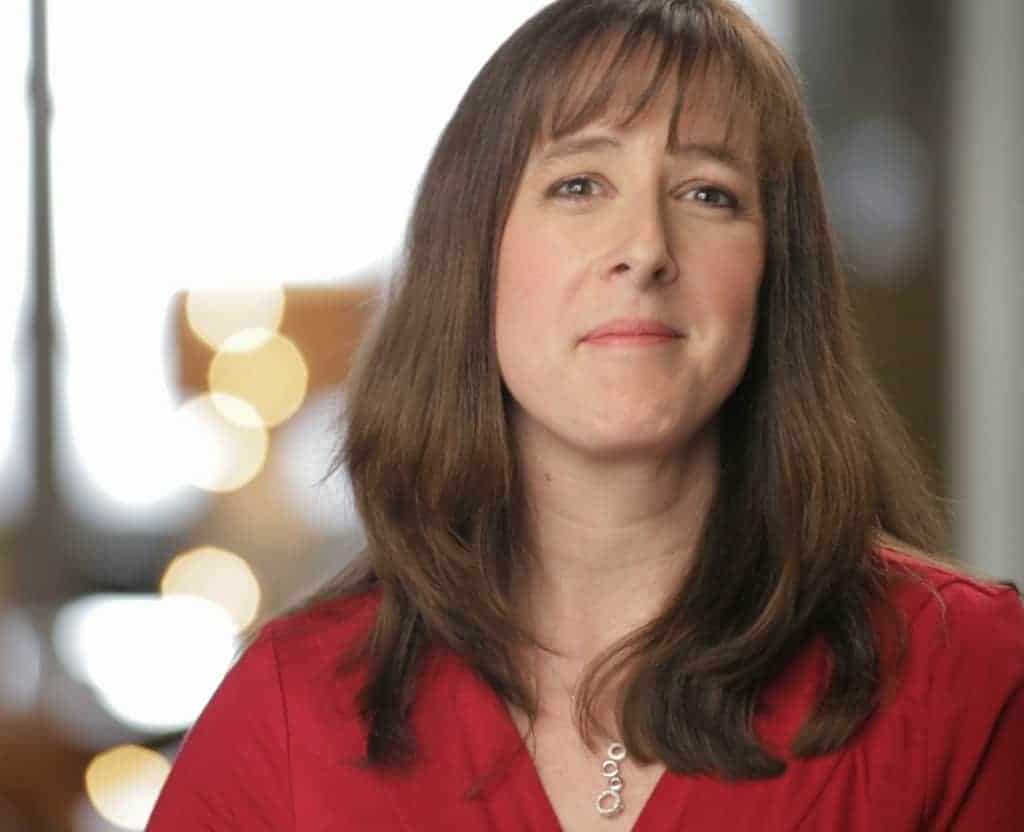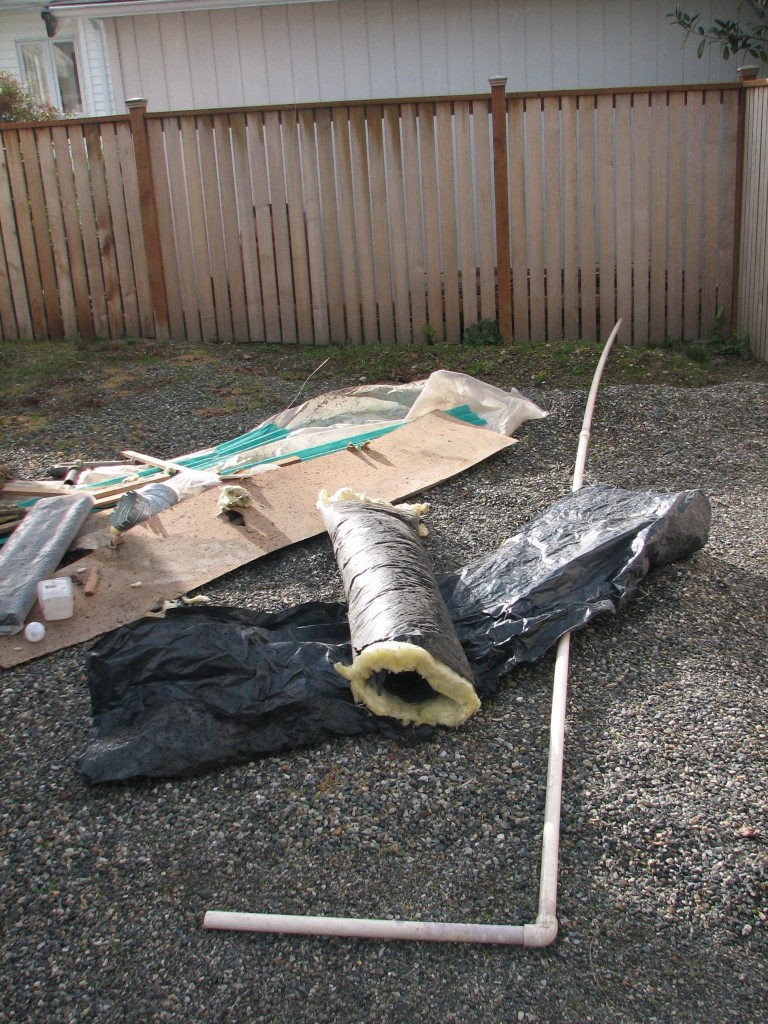Eco-Friendly Renovations
Posts feature partner companies & may be sponsored. Post contains affiliate links & I will be compensated if you make a purchase after clicking on links. As an Amazon Associate I earn from qualifying purchases.
So check the amount and repair of your insulation, but use caution – in many homes built before the 1980s, asbestos was used extensively in insulating and other construction materials. It is not dangerous when the materials are intact, but if they are damaged – either from extensive wear or renovation – they can release deadly fibers into the air. Once breathed into the lungs, these fibers can cause symptoms of mesothelioma, a rare and aggressive cancer of the lining of the chest and abdomen. Nowadays, asbestos has been replaced with fiberglass, rock wool, cellulose, or other fibrous, heat-resistant materials, but if you suspect that the insulation in your home contains asbestos, have it tested and consult a professional abatement team before attempting to remove it.
✯Don’t want to miss the next post?✯
Follow Turning the Clock Back on Facebook | Twitter | Pinterest
Or join the private Facebook group for simple tips on going green!
Keep in mind that you can install the best insulation on the market, but it won’t make much difference if your home is full of cracks and gaps where air can leak out. Doors and windows are especially notorious as leaky spots. If you think there might be a gap in one of these areas, wait for a windy day, then light an incense stick or other (safe) smoke-producing item. If the smoke blows horizontally instead of vertically, you likely have a leak, which can usually be fixed with simple caulk or weatherstripping.
Ideally, every window in your house would be double-paned and made from high-performance glass, but replacing them can be costly. Tight-fitting window shades, storm windows, or even heavy sheets of clear plastic can help keep the heat in for houses in cold climates, and light-colored reflective window shades or sun-controlling film can help keep the heat out in warm climates. If you’re trying to keep your house cool, also remember to close curtains on south and west-facing windows during the day.
Reducing your energy consumption is not only good for the earth; it’s good for your wallet. Even if you don’t have the time or money to make big changes, there are many baby steps you can take to make a difference. These can even be good for your health – getting rid of asbestos will almost completely remove your risk of developing mesothelioma symptoms. A little time and effort is all it takes to make changes that can have a big impact.

Diane is a professional blogger and nationally certified pharmacy technician at Good Pill Pharmacy. She earned her BS in Microbiology at the University of New Hampshire and has worked in cancer research, academics, and biotechnology. Concern over the growing incidence of human disease and the birth of her children led her to begin living a more natural life. She quickly realized that the information she was learning along the way could be beneficial to many others and started blogging and freelance writing to share this knowledge with others. Learn more about her HERE.


Great post, remodeling in an eco friendly way can be like trying to eat healthy, sometimes it really is too expensive for the average family to make those changes. Baby steps on both accounts is wise advice.
Terri
On the other side of the coin, there’s also something to be said for not sealing up a home too tight, and letting some of the fresh air come in. That way potentially harmful chemicals that may be lurking inside can’t overcome humans.
Morgan Mandel
http://morganmandel.blogspot.com
Hi Diane! I have something for you:
http://www.cafeofdreamsbookreviews.com/2011/02/i-am-worth-my-weight-in-gator-battle.html
I’m late commenting, but I have to tell you I think this is a great post. Even homes built in the 80’s and after can have insulation issues. Corners are sometimes cut and not enough insulation is used. That’s what happened to us.
Our home was built in 1999. We moved in two weeks before Christmas and that winter was awful in New England. We had such an awful draft coming in from the bottom of our gas fireplace. Never having owned one before, we weren’t sure if that was normal. A few years later, after our girls have been born, it became a real issue because they liked to sit down on the floor in front of the fireplace to play, but in the winter is was too cold.
We had another contractor come and pull the siding off the back of the house where the fireplace was, and there were like two tiny strips of insulation in the entire wall. He fixed that for us and it’s never been an issue since.
Thanks for this great post.
Cheryl
I hear you!
After replacing our air conditioner, furnace, doors and windows, we saw a 33% reduction in our electrity bills. It’s amazing, and so worth it in the long run.
Great ways to help save the planet and save your dollars.
Wakela’s World